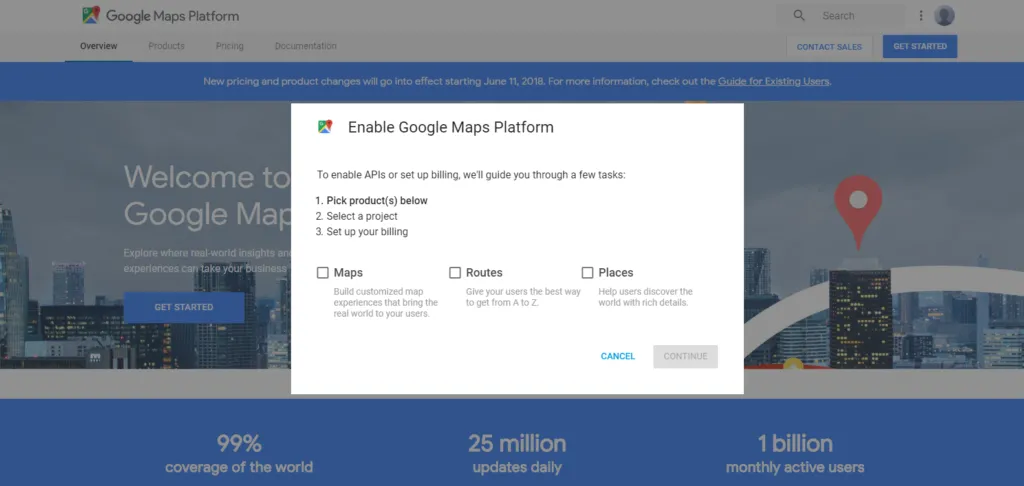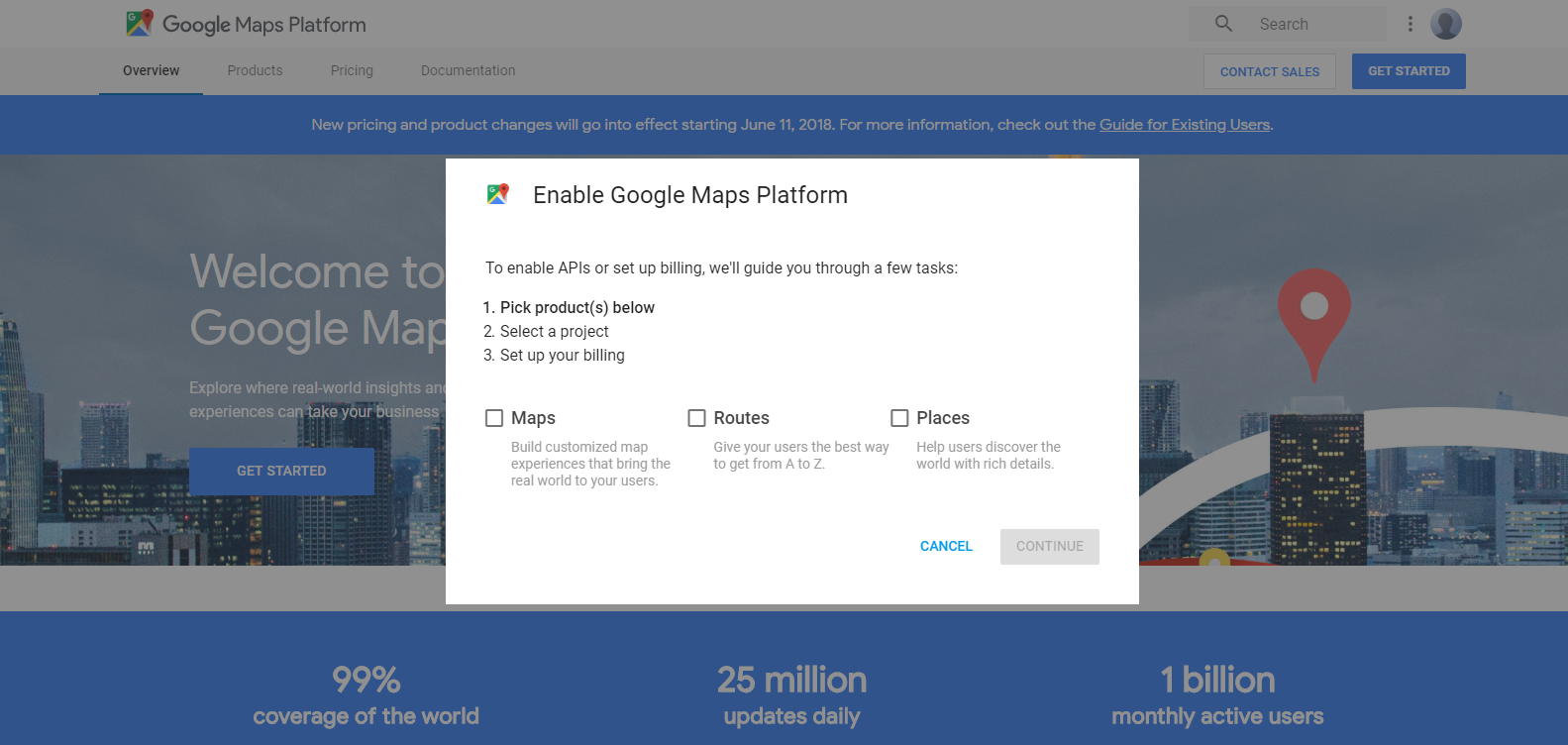
Insane, shocking, outrageous: Developers react to changes in Google Maps API

This just in: Amazon teams with Esri, HERE to offer location-based data, mapping services
The honeymoon is over, guys – or it will be, on June 11, 2018. Google is making sweeping changes to its Maps API products. And by sweeping, we mean shocking.
Here’s what is happening:
- The 18 individual APIs Google Maps currently offers are being consolidated into three broad segments – Maps, Routes, and Places. But, you wouldn’t need to make any changes in your existing code; it will work just fine.
- The Standard (no access to customer support) and Premium plans are being merged into one pay-as-you-go pricing plan. And the new fee structure is not pretty. Google is raising its prices by more than 1,400%. Obviously, no direct comparison figures of old and new prices have been provided by Google, but that’s the average surge that is being reported by developers.
- All projects will need valid API keys, as Google has insisted before as well. Beginning June 11, keyless access will no longer be supported. Keyless calls to the Maps JavaScript API and Street View API will return low-resolution maps watermarked with “for development purposes only.”
- You can no longer use the APIs in the first place unless you create a billing account and hand-over your credit card information to Google. This is applicable to all users – even those who have a simple map embedded on their website’s contact page.
- You will get the first $200 of monthly usage for free. And that should be enough to cover the majority of users who have a simple map embedded on their website as mentioned above. But, for those who use Dynamic Maps, $200 will take care of only 28,000 free page loads per month. Why the emphasis on per month? Because right now, users get 25,000 free page loads per day. Let that sink in.
- As every dark cloud must have a silver lining, customer support is now going to be free for all.
- Google is protecting Android app developers from these changes by not charging for Mobile Native Static Maps and Mobile Native Dynamic Maps.
We have always known that the search engine giant had its eyes set on making Maps its next billion dollar business, but when Sundar Pichai shared thoughts on how the company plans to get there, he neglected to mention it would be looking to capitalize on its near monopoly in the market. For a geospatial platform as ubiquitous as Google, these changes are pretty draconian in nature and have the potential of stripping off thousands of location-based small businesses of their key functionality.
Naturally, the reactions from developers on the Internet have not been positive. As this user on Reddit says, “Hmm, yearly 10 000$ -> 200 000$ increase in cost based on our current average usage – twenty times?! Thank you google, investing a fraction of that to migration to competition.” And Twitter exploded with disappointment after the news broke:
Thank you @googlemaps for providing your service for free to me. Now, you have announced a price increase of ~1400%, reduced free API calls from 750K to 25K/month and want me to open a billing account w/ my credit card data. As a long-term supporter of @openstreetmap, I’ll switch
— Rolf F. Katzenberger (@PragmTeams) May 3, 2018
A quick notification – due to some asinine changes by Google to their map API, we will be contacting some clients to sort out their embedded maps. They are desperate to harvest credit card details before GDPR comes in, even on users who fall firmly into their free use bracket …
— Jemmett Fox Media (@Jemmettfoxmedia) May 3, 2018
probably time to take experience with the Google Maps API off my CV then.
— ram ?? (@MacSual) May 3, 2018
For Shyam Sunder, Senior Director at Finland-based automotive startup Link Motion, the mistake of many egos is to be blamed for the monopolistic rise of Google Maps. “Especially in the automotive use case and its developers, the OEMs should see a clear advantage and its significance,” he says. “It’s the customers who are demanding Google Maps and I hope the likes of TomTom, HERE, and Sygic can come up with adoptions like the way Google maps started. Even today I see many issues by such providers who are still finding it tough to get out of their shells.”
So, what do you think geogeeks? Time to switch to an open-source alternative?
Did you like the article about Google Maps API? Read more and subscribe to our monthly newsletter!








